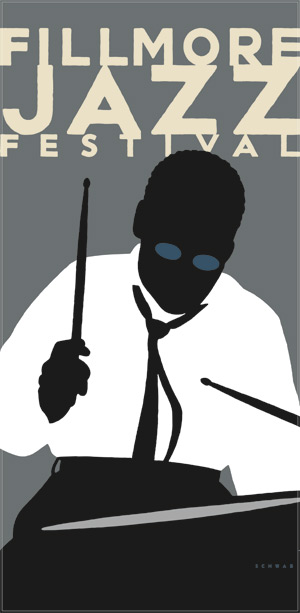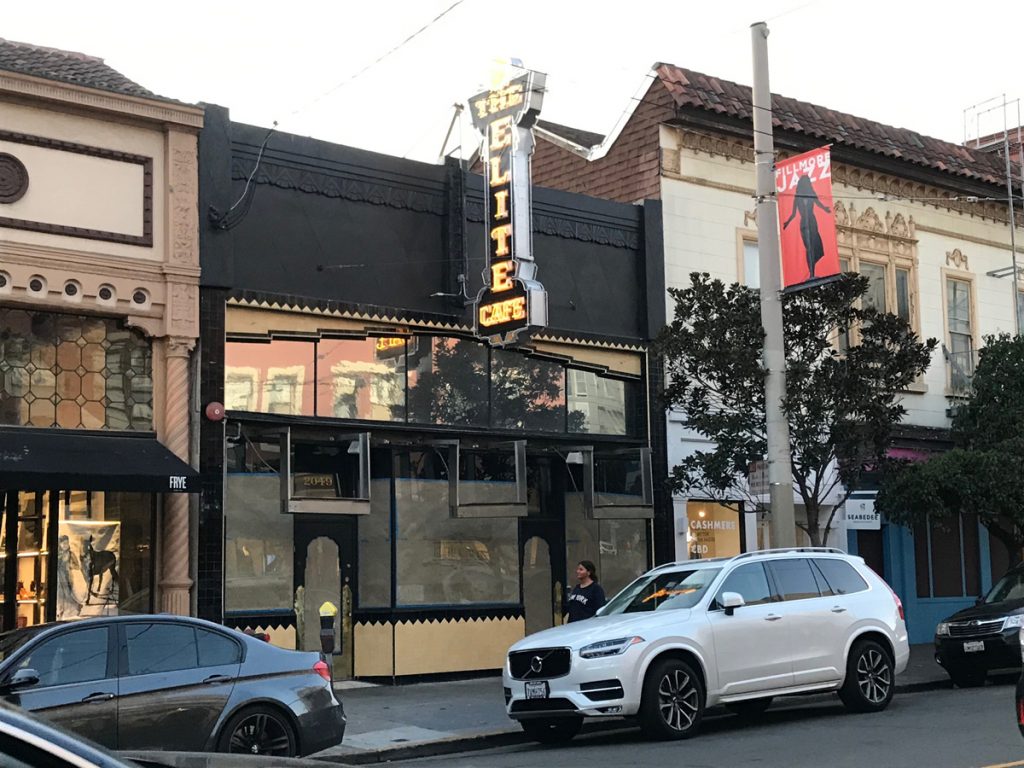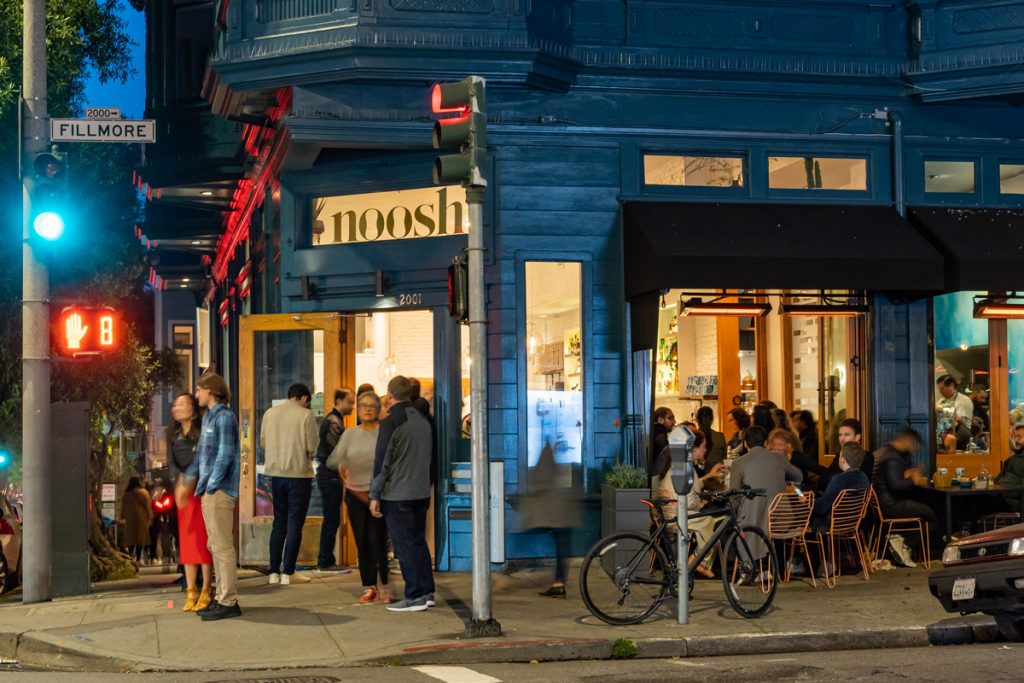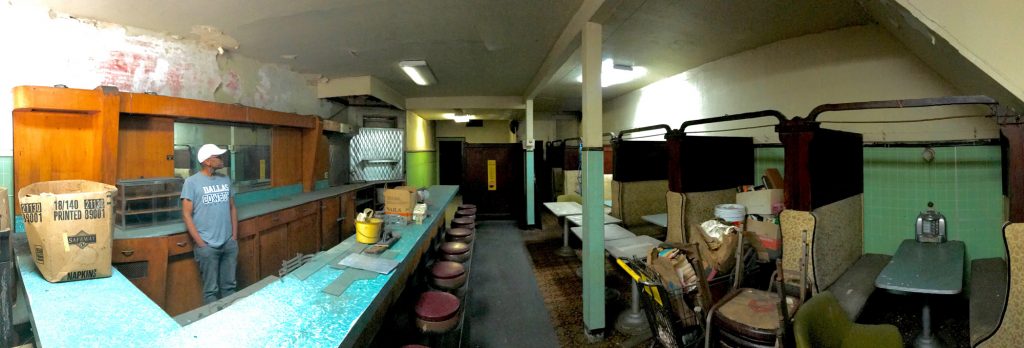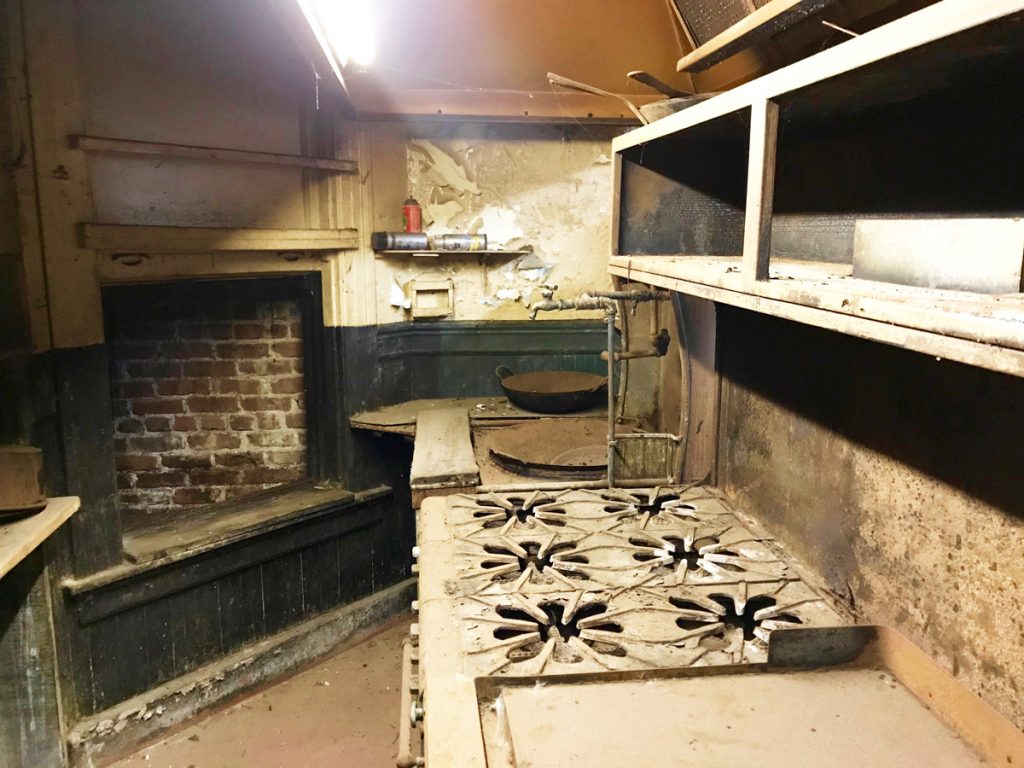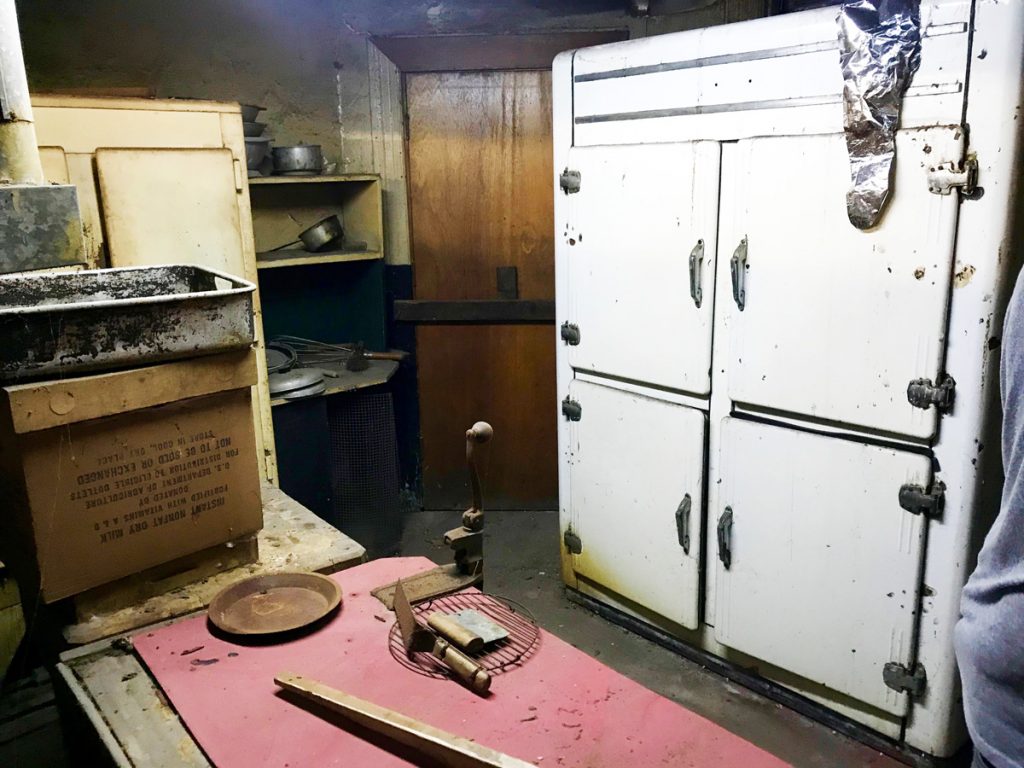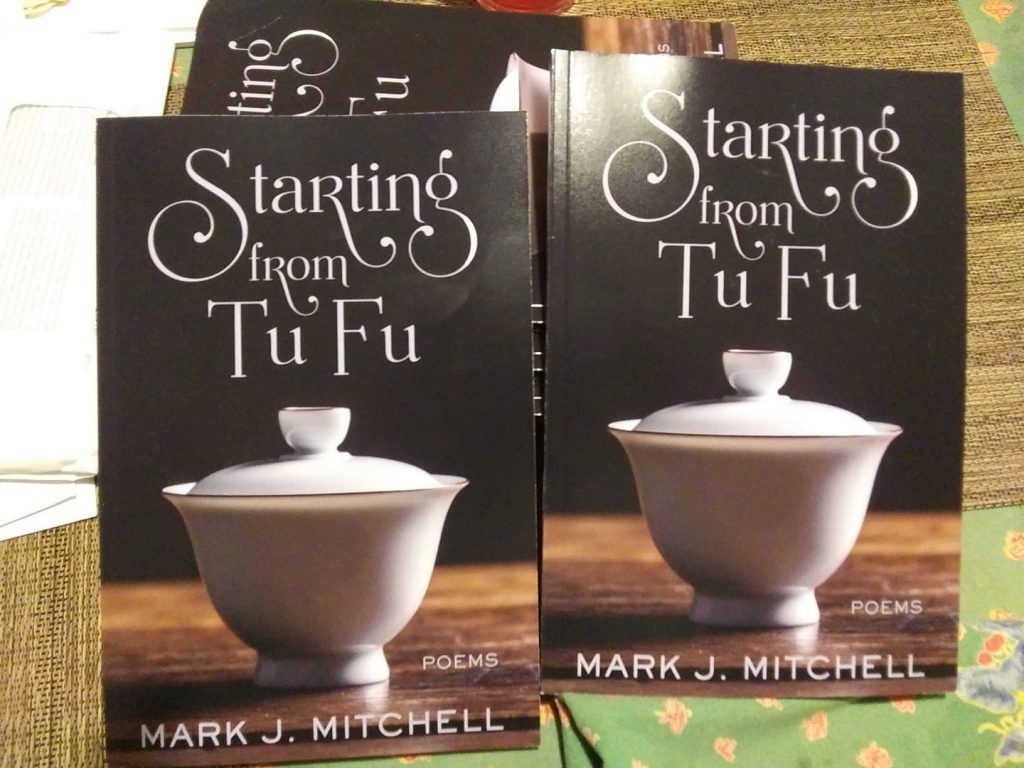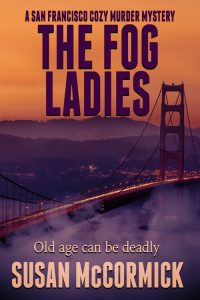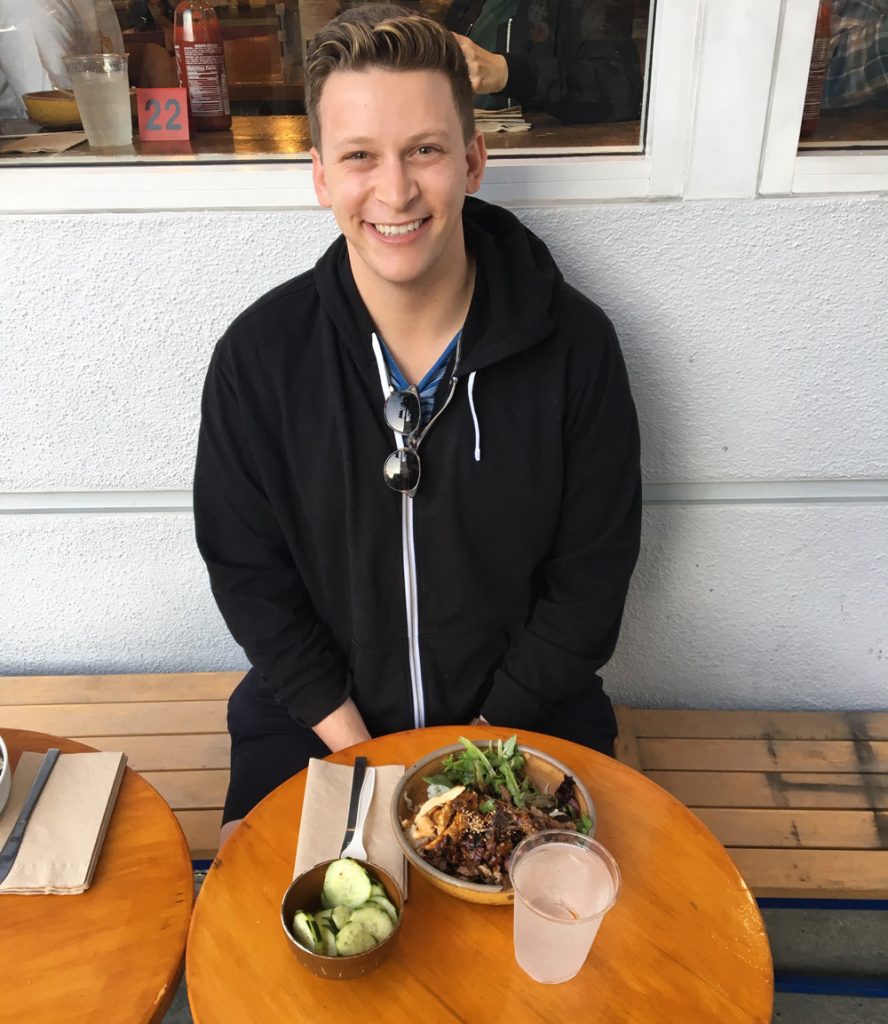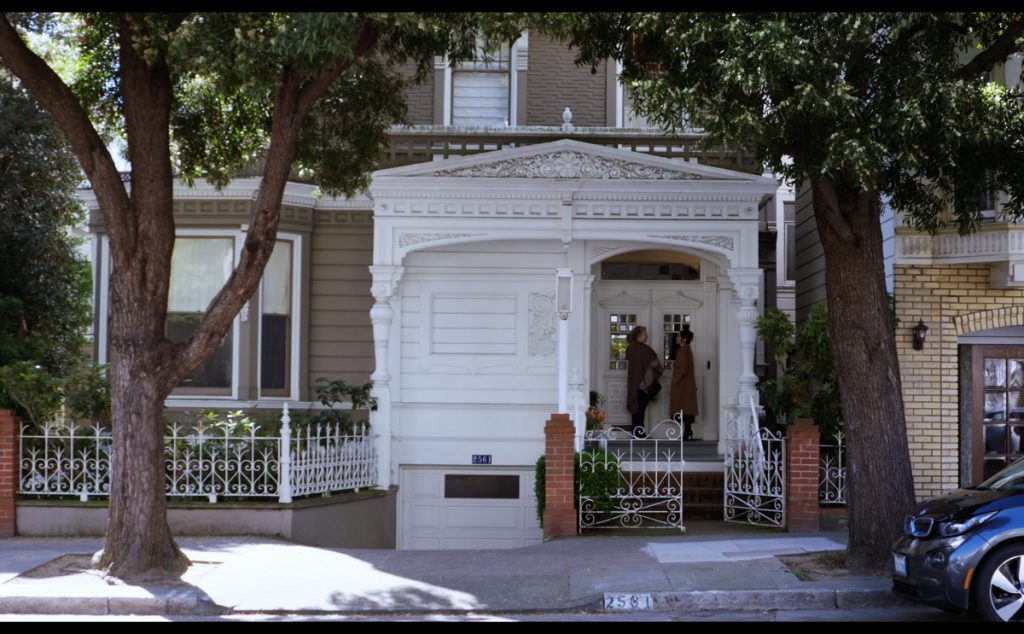
By ALISON OWINGS
The audience gasped.
Eleanor Coppola’s triptych, “Love is Love is Love,” comprised of three shortish California-based films, was having a solo showing a few weeks ago at Dolby Laboratory’s splendid theater in downtown San Francisco, her purpose partly to thank people involved in the production. The longest and final of the three, “Late Lunch,” opened simply with an exterior view of a house.
Located at 2561 Washington Street, between Fillmore and Steiner, the fancifully handsome Victorian was home for decades to neighborhood notables John and Carol Field and their children Alison and Matt. John, an architect, remodeled the rear of the house, fashioning a soaring solarium and library and a rustically sophisticated kitchen; while Carol, among other accomplishments, baked and breaded and simmered, creating recipes that often made their way into her Italian food-themed cookbooks.
John and Carol died within three weeks of one another in 2017. Now, in “Late Lunch,” the house re-appeared, a touchstone for many in the audience to the Fields’ years of hospitality and friendships.
Thus, this October evening, the gasp.
As it opened, the first of the 10 actresses in the film began walking up the familiar front wooden steps to the landing. A door opened into the living and dining room — more gasps — to reveal their home had been converted into a movie set — an especially cozy movie set. The gasps turned to tears as the plot unfolded, especially for Carol’s women friends.
An email exchange with director Eleanor Coppola provided the backstory.
How did you and Carol and John meet?
“Francis [Coppola, my husband] and I met John and Carol in 1969 when we moved to S.F. from L.A. We bought their house a few blocks away on Webster Street, which was a small Victorian that John had renovated in his stylish good taste for his family.”
When the Fields moved from Webster Street to 2561 Washington Street, the two families, their children about the same ages, stayed in touch.

“I found myself asking Carol to recommend a pediatrician, where to buy kids’ shoes, where she bought her groceries, etc. She was super helpful and always had the best information. So much so that when Francis bought City magazine (a publication about what was going on in the city at the time), he began asking Carol to write articles about where to get the best bread, the best meat, etc. Her articles were terrific, and I think may have been the beginning of her food writing. We remained friends over the years.”
“Then our family moved to the Napa Valley in 1977 and we drifted out of touch. Some years later I joined a writing class that met once a week in Marin and there was Carol, part of the group. We reconnected. In the writing group, we often made an altar in the living room of our instructor’s house with photos of people we were writing about, or objects from seasonal nature walks we took together for inspiration before sitting down to write.”
“I was feeling isolated living in the Napa Valley and, along with a friend, hosted a number of weekends at our ranch for 10 or 12 women from near and far to talk about their lives, aspirations and whatever was on our minds. We’d hike, eat from the garden, etc. I was very interested and often surprised by what the women were willing to reveal about themselves. I found that women in a group with no men in the room spoke differently than when there were men present. I always wanted to try and capture that experience on screen.”
How did the idea for the movie come about?
“At a memorial lunch [for Carol] I had that feeling again, with just women attending, who talked so openly together and so fondly of Carol. I decided to write a script. I set it in the house where the lunch was held.”
The lunch was co-hosted by Carol’s daughter-in-law, Camilla Field, at her home a few blocks away, and Carol’s daughter, Alison. The film centers around a candid reckoning at a lunch the deceased woman’s daughter has for her mother’s best friends. In fact, Eleanor planned to shoot the movie at Carol’s daughter-in-law’s house. Camilla was willing, but she and Matt have two children of their own, and a family of four on a movie set meant “attendant problems for a movie crew.” Camilla suggested 2561 Washington Street, which was then empty, pending a family decision to move in or sell.
“It was perfect for our production needs. Of course I had visited Carol and John there numerous times. I have fond memories of going to the Fields’ house to watch the Academy Awards with Carol and John and their friends. Carol was a huge movie fan and we would always have the ballot printed out and guests would make their picks for the awards in advance. At the end, we’d count up who got the most right. Carol always won. So I was especially touched to be able to shoot a movie in Carol’s house in the very room where we watched the movie awards. It was a miracle that it worked out.”
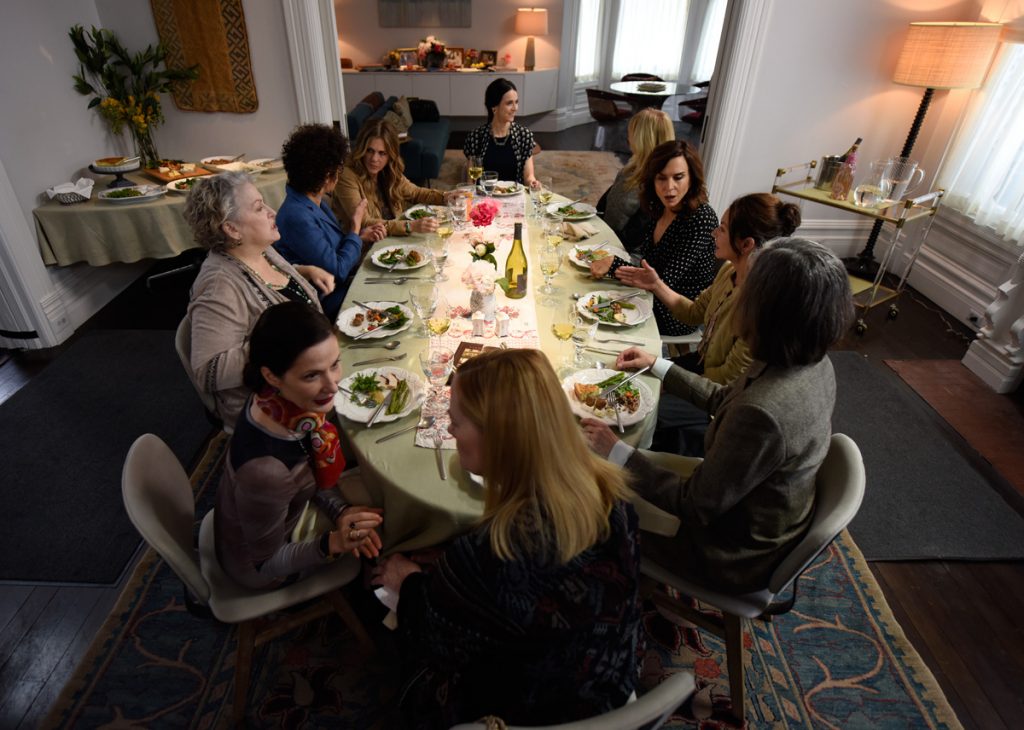
Friends in the audience gasped again at certain scenes — especially when the daughter gives each of her mother’s friends a scarf from her collection, which is precisely what Camilla and Alison did at their lunch.
“Late Lunch” is indeed an homage to Carol Field, but the director said her movie is more about women’s friendships.
Rosanna Arquette, Nancy Carlin, Polly Draper, Maya Kazan, Elea Oberoin, Valarie Pettiford, Alyson Reed, Cybill Shepherd, Joanne Whalley and Rita Wilson filled the bill, but not each was planned for the part.
How did the casting work?
“I wrote the parts for the women with specific actors in mind, but when it is actually time to cast there are always many variables. I was able to get some of the actors I had envisioned, but since I was casting 10 women, it was impossible to find all of actors available at the same time.” A casting team brought her up to four candidates to interview for each of the parts. “Amazingly, the actors came together as an ensemble stronger than I had originally imagined.”
What happens now?
“ ‘Love is Love is Love’ is in the hands of a sales agent who is strategizing as to how best to get it to its intended audience. It may be sent to a film festival or two, it may or may not have a theatrical release. It may go directly to streaming. I await the fates.”
Since the movie wrapped last April, John and Carol Field’s house at 2561 Washington Street starred in another act: a difficult family decision not to move in, but to sell. The house was spiffed and staged, and sold in three days.
Alison Owings is a neighborhood resident and the author of three books. She is currently writing a biography of Del Seymour, “the mayor of the Tenderloin,” a study about homelessness.
Filed under: Film, Locals | Leave a Comment »


